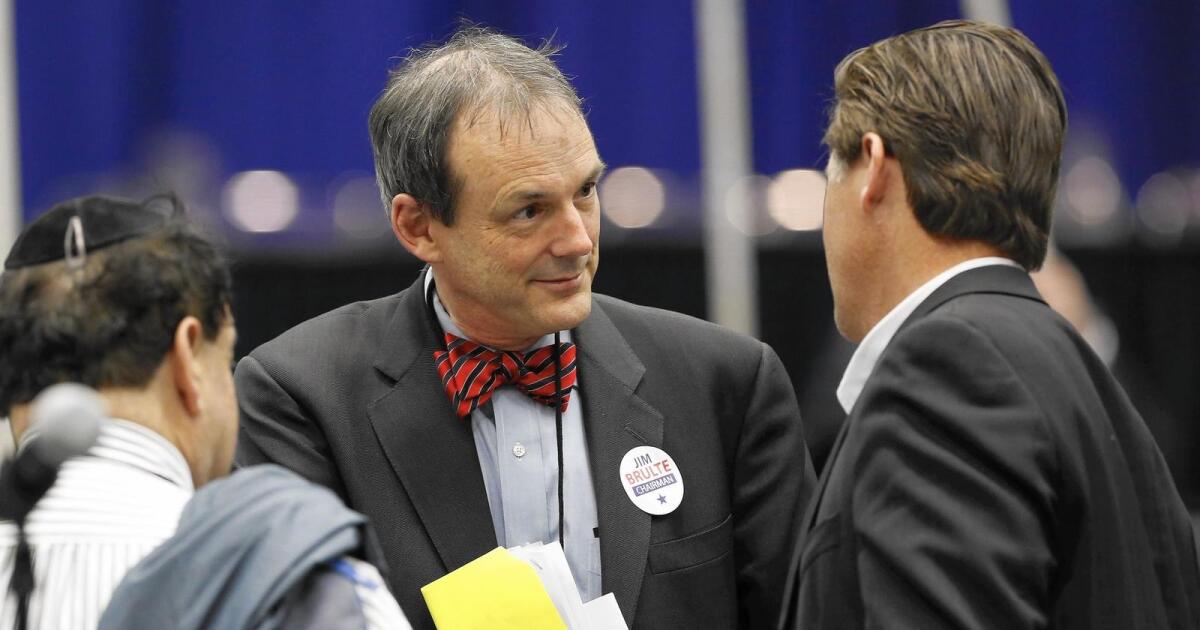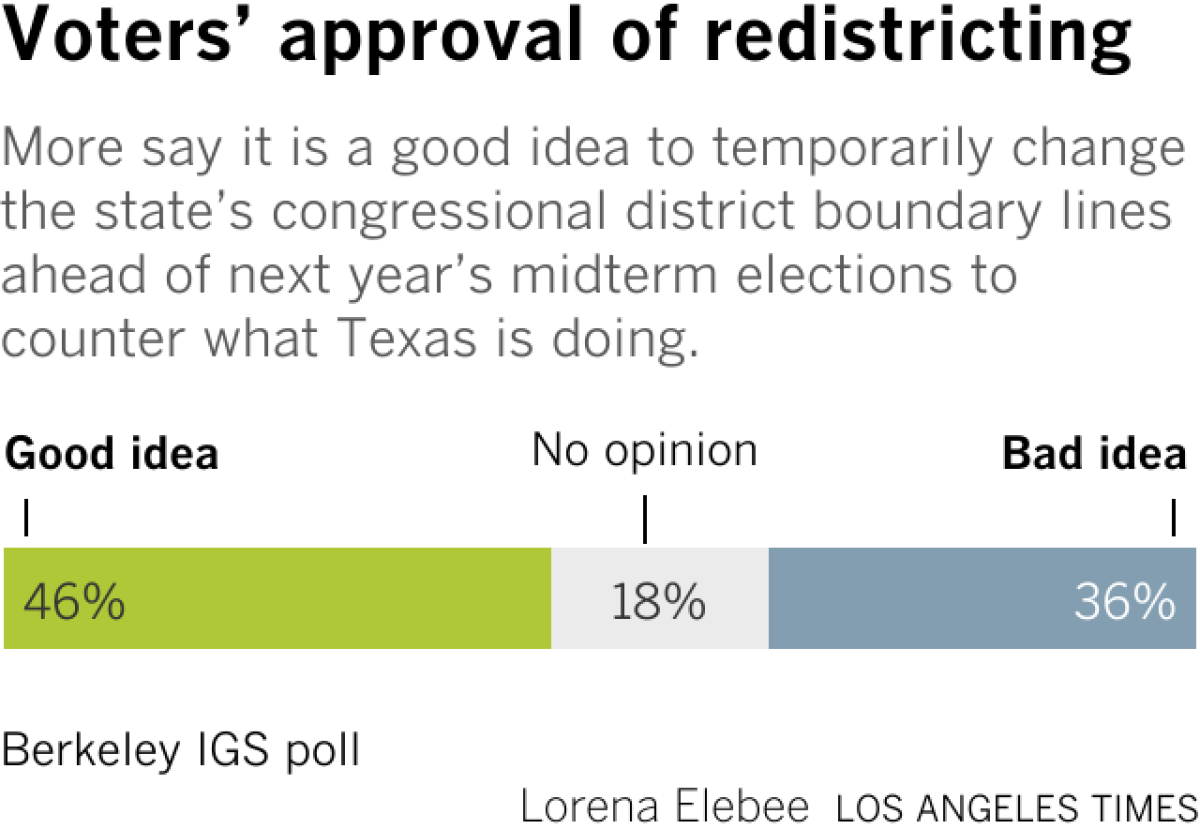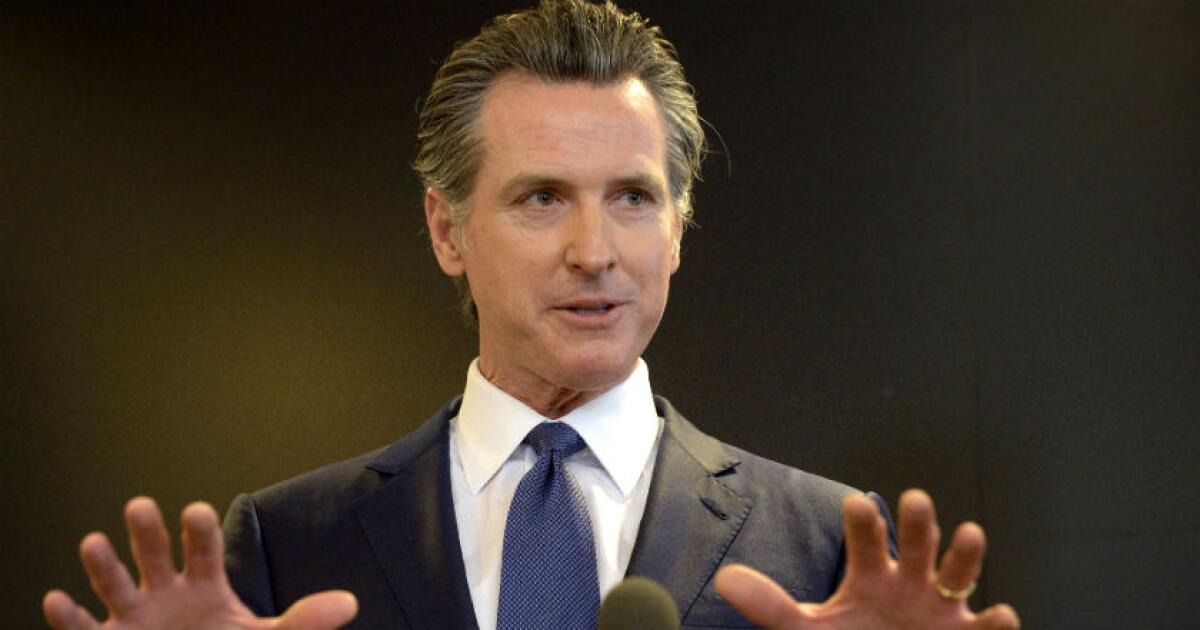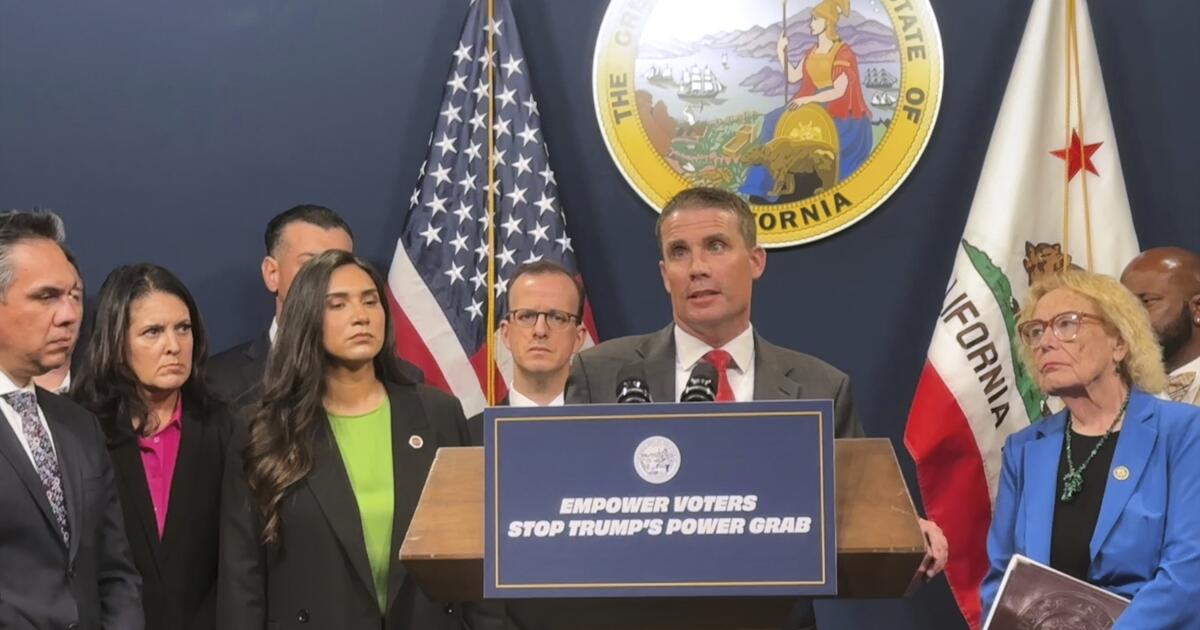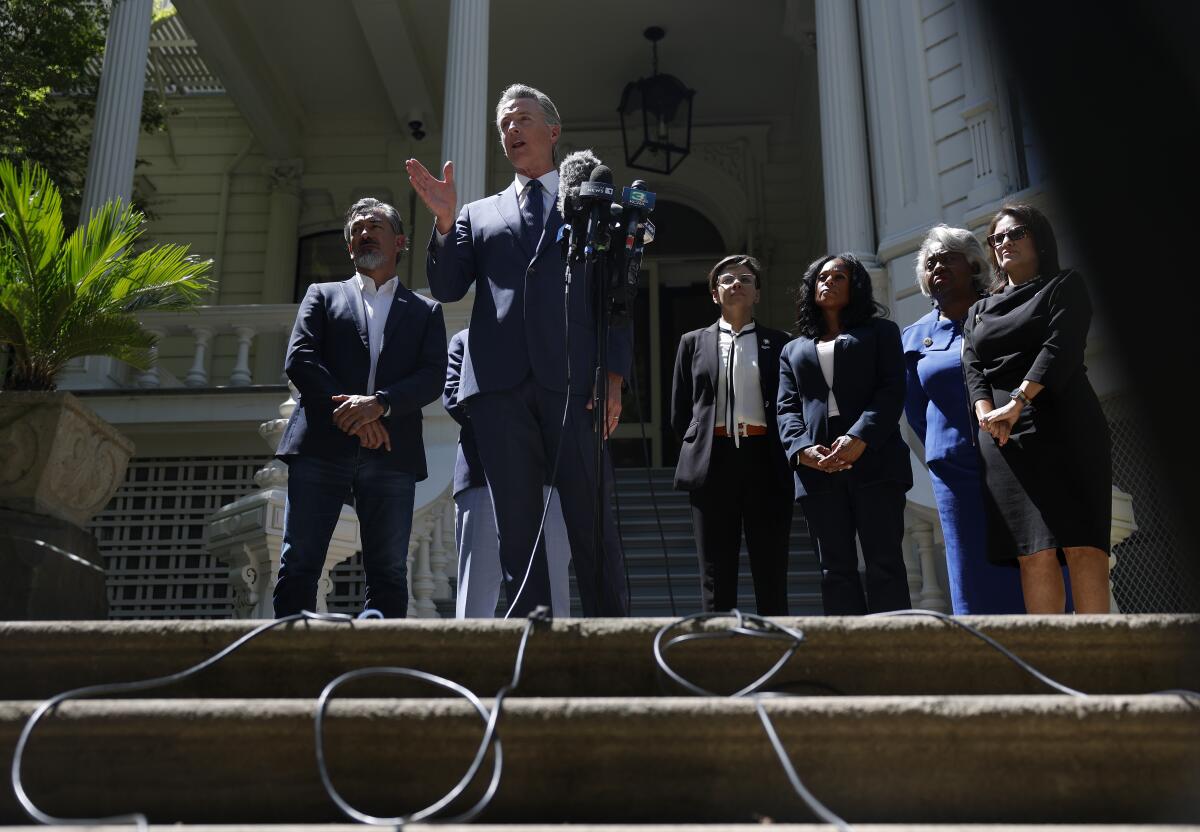Texas Gov. Abbott says he’ll swiftly sign redistricting maps after lawmakers approve them
AUSTIN, Texas — Texas Gov. Greg Abbott on Saturday promised to quickly sign off on a new, Republican-leaning congressional voting map gerrymandered to help the GOP maintain its slim majority in Congress.
“One Big Beautiful Map has passed the Senate and is on its way to my desk, where it will be swiftly signed into law,” Abbott said in a statement. The bill’s name is a nod to President Trump’s signature tax and spending bill, as Trump urged Abbott to redraw the congressional districts to favor Republicans.
Texas lawmakers approved the final plans just hours before, inflaming an already tense battle unfolding among states as governors from both parties pledge to redraw maps with the goal of giving their political candidates a leg up in the 2026 midterm elections.
In California, Democratic Gov. Gavin Newsom has approved a special election in November for voters to decide whether to adopt a redrawn congressional map designed to help Democrats win five more House seats next year.
Meanwhile, Trump has pushed other Republican-controlled states, including Indiana and Missouri, to also revise their maps to add more winnable GOP seats. Ohio Republicans were also already scheduled to revise their maps to make them more partisan.
In Texas, the map includes five new districts that would favor Republicans.
Democrats vow to challenge it in court
The effort by Trump and Texas’ Republican-majority Legislature prompted state Democrats to hold a two-week walkout and kicked off a wave of redistricting efforts across the country.
Democrats had prepared for a final show of resistance, with plans to push the Senate vote into the early morning hours in a last-ditch attempt to delay passage. Yet Republicans blocked those efforts by citing a rule violation.
“What we have seen in this redistricting process has been maneuvers and mechanisms to shut down people’s voices,” said state Sen. Carol Alvarado, leader of the Senate Democratic caucus, on social media after the new map was finalized by the GOP-controlled Senate.
Democrats had already delayed the bill’s passage during hours of debate, pressing Republican Sen. Phil King, the measure’s sponsor, on the proposal’s legality, with many alleging that the redrawn districts violate the Voting Rights Act by diluting voters’ influence based on race.
King rejected that accusation, saying, “I had two goals in mind: That all maps would be legal and would be better for Republican congressional candidates in Texas.
“There is extreme risk the Republican majority will be lost” in the U.S. House of Representatives if the map does not pass, King said.
Battle for the House waged via redistricting
On a national level, the partisan makeup of existing districts puts Democrats within three seats of a majority. The incumbent president’s party usually loses seats in the midterms.
The Texas redraw is already reshaping the 2026 race, with Democratic Rep. Lloyd Doggett, the dean of the state’s congressional delegation, announcing Thursday that he will not seek reelection to his Austin-based seat if the new map takes effect. Under the proposed map, Doggett’s district would overlap with that of another Democratic incumbent, Rep. Greg Casar.
Redistricting typically occurs once a decade, immediately after a census. Though some states have their own limitations, there is no national impediment to a state trying to redraw districts in the middle of the decade.
The U.S. Supreme Court in 2019 ruled that the Constitution does not prohibit partisan gerrymandering to increase a party’s clout, only gerrymandering that’s explicitly done by race.
Other states
More Democratic-run states have commission systems like California’s or other redistricting limits than Republican ones do, leaving the GOP with a freer hand to swiftly redraw maps. New York, for example, cannot draw new maps until 2028, and even then only with voter approval.
Republicans and some Democrats championed a 2008 ballot measure that established California’s nonpartisan redistricting commission, along with a 2010 one that extended its role to drawing congressional maps.
Both sides have shown concern over what the redistricting war could lead to.
California Assemblyman James Gallagher, the Republican minority leader, said Trump was “wrong” to push for new Republican seats elsewhere. But he warned that Newsom’s approach, which the governor has said is an effort to “fight fire with fire,” is dangerous.
“You move forward fighting fire with fire, and what happens?” Gallagher asked. “You burn it all down.”
Vertuno, Cappelletti and Golden write for the Associated Press and reported from Austin, Washington and Seattle, respectively. AP writer Kimberlee Kruesi in Providence, R.I., contributed to this report.

